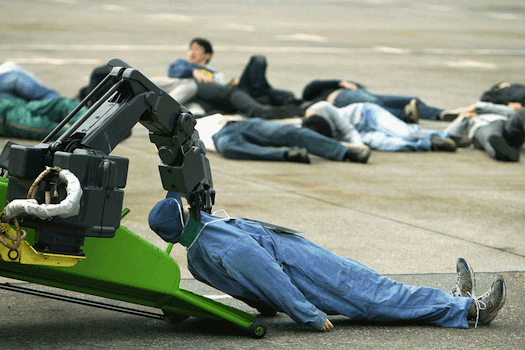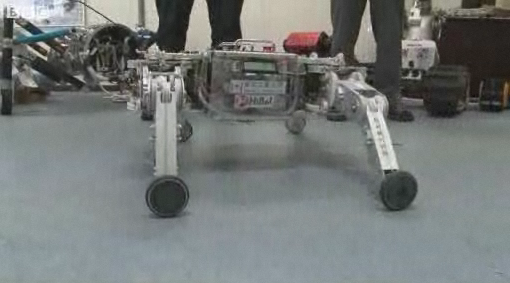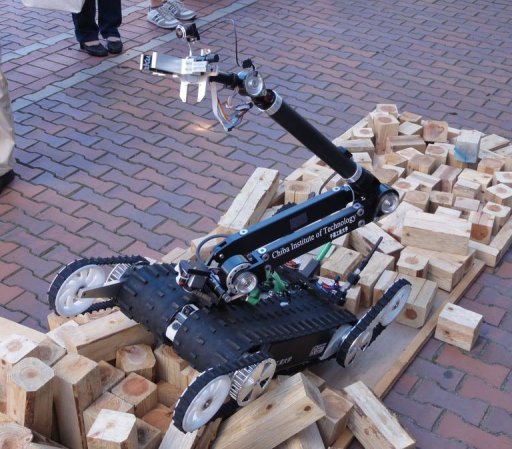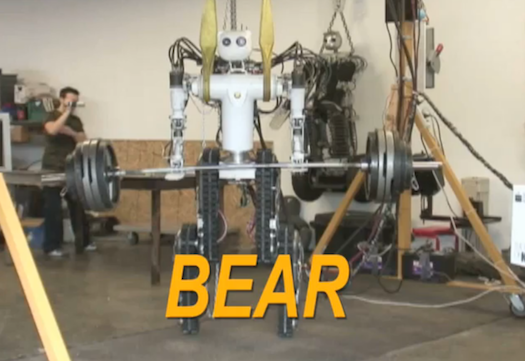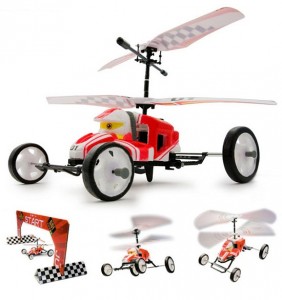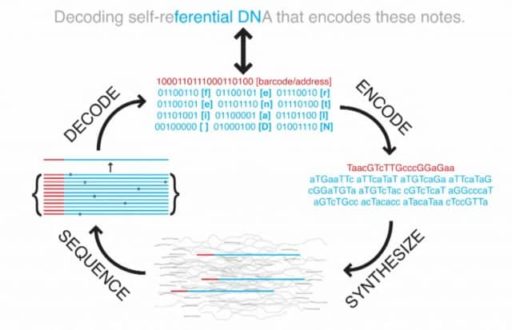Japan’s leading experts in rescue robotics are deploying wheeled and snake-like robots to assist emergency responders in the search for survivors of the devastating earthquake and tsunami that struck the country last Friday.
Robin Murphy, director of the Center for Robot-Assisted Search and Rescue (CRASAR) at Texas A&M University, in College Station, and one of the world’s top experts in rescue robotics, confirms that a team led by Satoshi Tadokoro from Tohoku University and a team led by Eiji Koyanagi from Chiba Institute of Technology’s Future Robotics Technology Center, have deployed, or are about to deploy, their robots.
Dr. Murphy, an IEEE Fellow whose team has taken robots to disaster sites like the World Trade Center after the September 11, 2001 attacks and New Orleans after hurricane Katrina, tells me that robots have been used in at least one previous earthquake, the 2010 Haiti disaster. The U.S. Army Corps of Engineers, she says, used a SeaBotix underwater remotely operated vehicle, or ROV, to investigate bridge and seawall damage as part of the U.S. assistance to the Haitian government.
For a disaster like the Japan quake, she says several types of robots could prove useful, including:
• small unmanned aerial vehicles like robotic helicopters and quadrotors for inspection of upper levels of buildings and lower altitude checks
• snake robots capable of entering collapsed buildings and slithering through rubble
• small underwater ROVs for bridge inspection and underwater recovery
• tether-based unmanned ground vehicles like sensor-packed wheeled robots that operators can drive remotely to search for survivors
Dr. Murphy, who leads the volunteer search-and-rescue robotics group Roboticists Without Borders, part of CRASAR, says the Japanese welcomed her group’s assistance; she’s now on standby awaiting a formal request. CRASAR’s robotic arsenal includes the AirRobot and iSensys helicopters, a VideoRay ROV for underwater inspection, a AEOS water vehicle with a sonar suited for bridge inspection, and several ground robots like the Inuktun VGTV, a tracked vehicle that can change its shape.
The Center for Robot-Assisted Search and Rescue has offered its assistance to Japan is on standby awaiting an official invitation to join the effort. The U.S. Army Corps of Engineers may already be using one robot, Seabotix, which they successfully used to investigate bridge a seawall damage following the 2010 Haiti earthquake.


